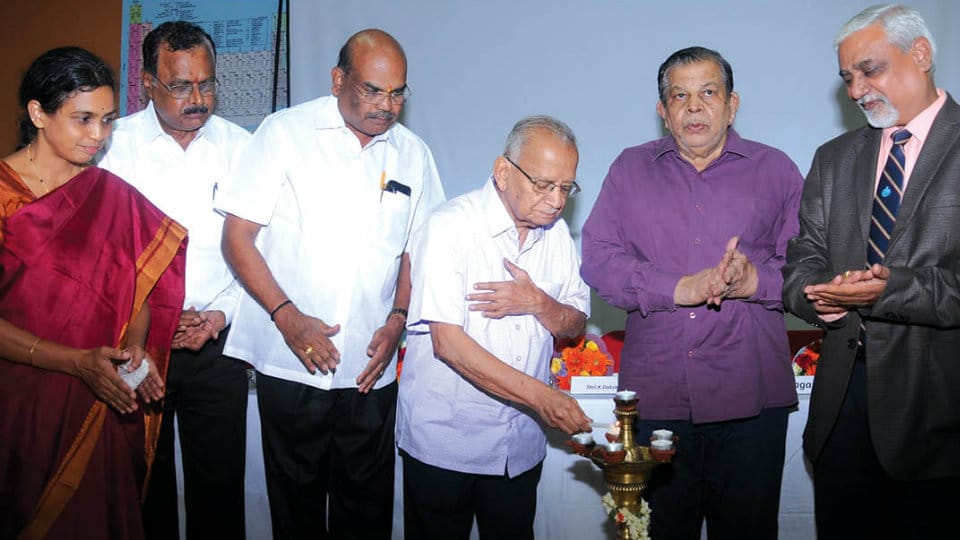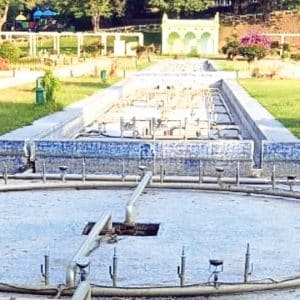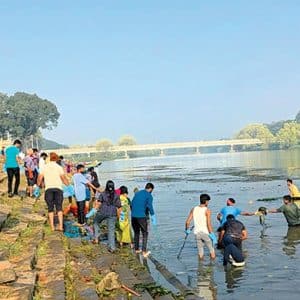Mysuru: The temple concept has developed over two thousand years and the focus is on constructing a strong foundation, as the temple architecture has to follow certain rules and traditions. It cannot be built according to the whims and fancies of the devotees, said Prof. A. Sundara (retd.), Department of Ancient History and Epigraphy, Karnatak University, Dharwad.
He was delivering the keynote address after inaugurating the three-day National Workshop on “Temple Architecture and Iconography: In Sthapatis’ Perspective,” organised by the Department of Studies, Ancient History and Archaeology, Manasagangothri and Department of Ancient History and Archaeology, Maharaja’s College, at the Seminar Hall in DoS in Chemistry, Manasagangothri, here this morning.
Prof. Sundara, making a power-point presentation, stressed on the need for a strong foundation, as this would ensure its survival even under very stressful conditions like earthquakes. It has been seen that many temples have survived devastating earthquakes, whereas all other constructions around it has been destroyed.
There are very many important elements in temple architecture and the most important of them in these ancient forms is the Garbagudi, Garbagriha or the sanctum sanctorum. Then there is the Vahana Mantapa, Nandi Mantapa and the Kalyana Mantapa and all these are vital in the temple architecture, he said.
K. Dakshinamoorthy Sthapati, Managing Trustee, Vastu Vedic Research Foundation, Chennai, A.H. Harirama Shetty, Director, SDM Dharmothana Trust, Dharmasthala and Prof. B. Nagarajamurthy, Principal, Maharaja’s College were present. Prof. S. Nagaraju, (retd.), Department of History, Central University, Hyderabad, presided.
Dr. V. Shobha, Chairperson and Co-ordinator, DoS in Ancient History and Archaeology, Manasagangothri, welcomed.








Recent Comments